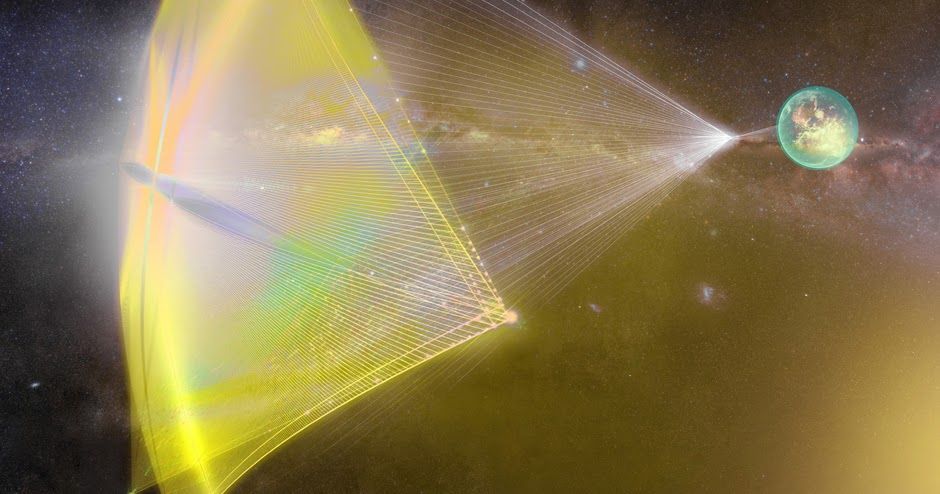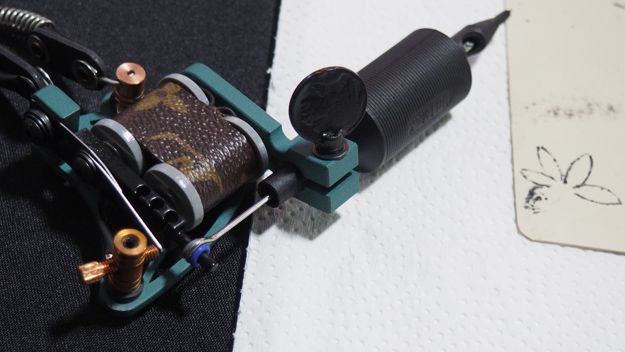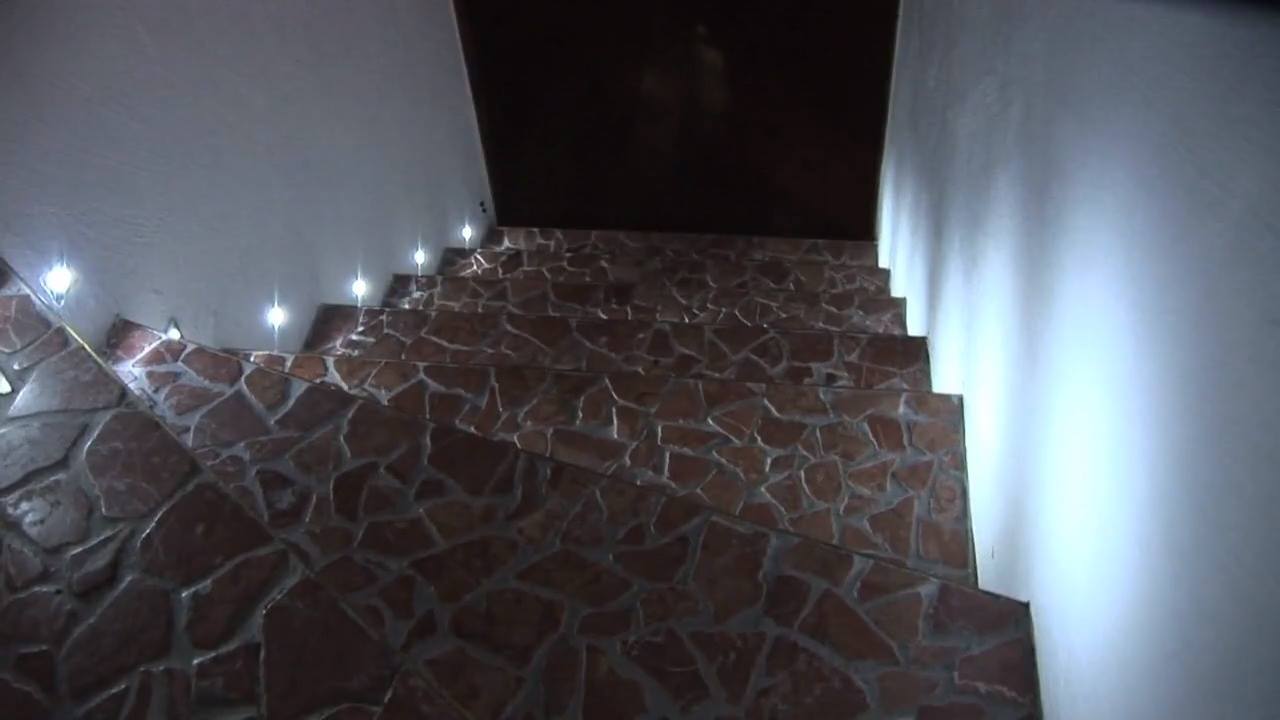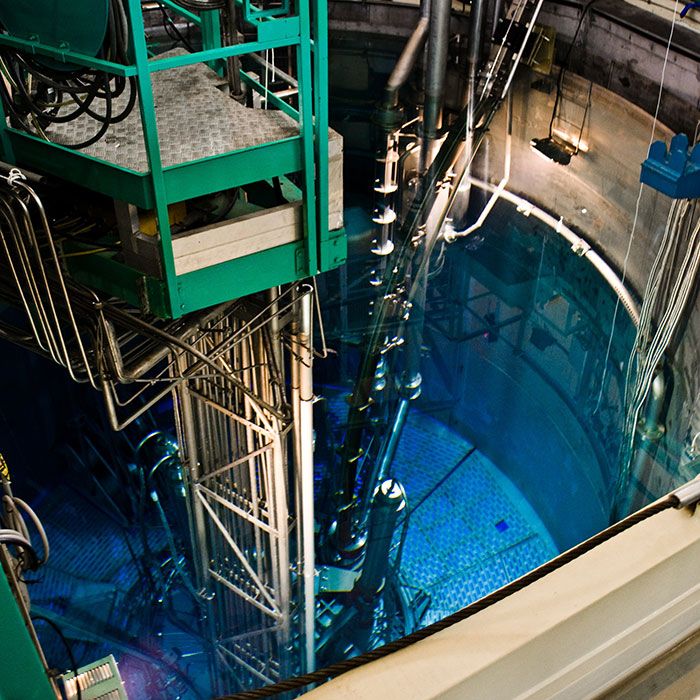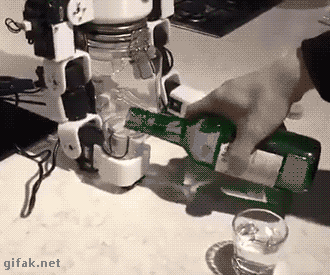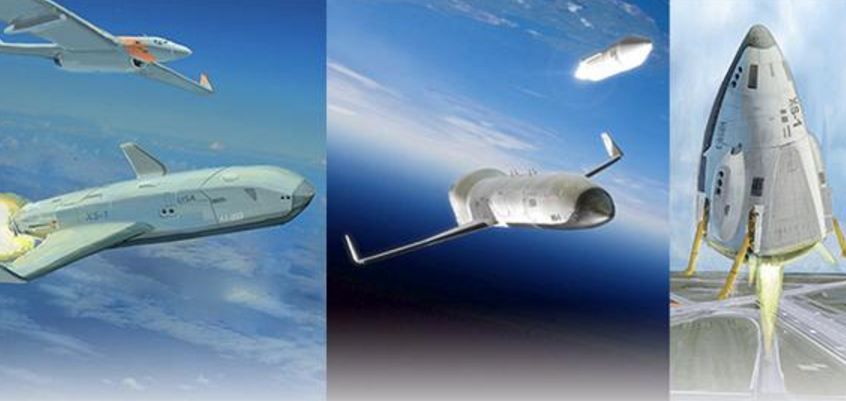May 11, 2016
GM Executive Credits Silicon Valley for Accelerating Development of Self-Driving Cars
Posted by Dan Kummer in categories: robotics/AI, sustainability, transportation
These automaker knuckleheads were planning to try and hide self driving cars into the 2030’s:
Head of GM’s foresight and trends unit says timetable for autonomous vehicles likely moved from 2035 to 2020, if not sooner.
A General Motors Co. executive credited Silicon Valley companies, including Alphabet Inc.’s Google car division and Tesla Motors Inc., for accelerating the development of autonomous vehicle technology and shortening the timetable for when safer self-driving cars hit the road.
